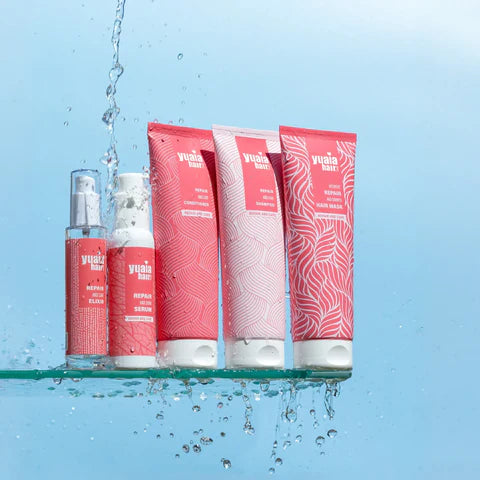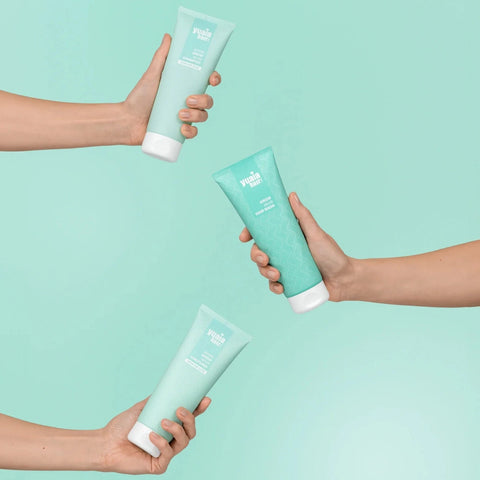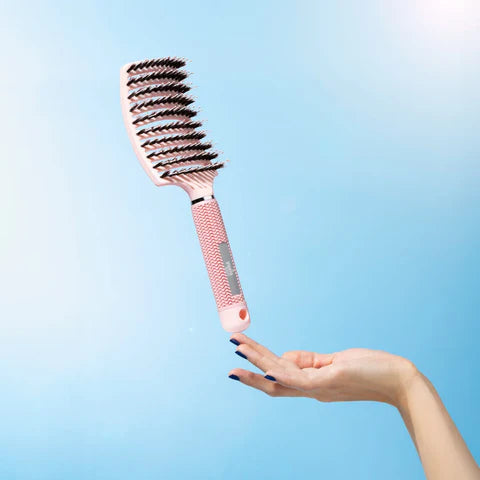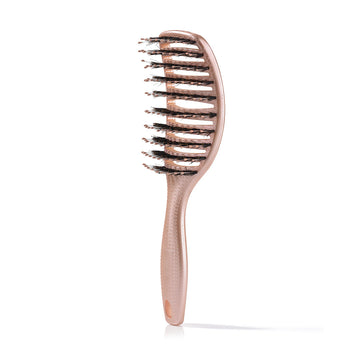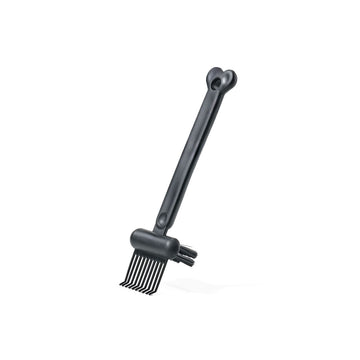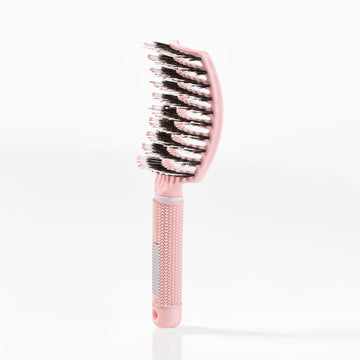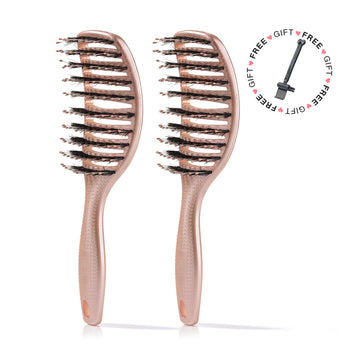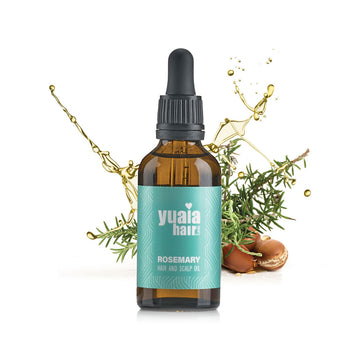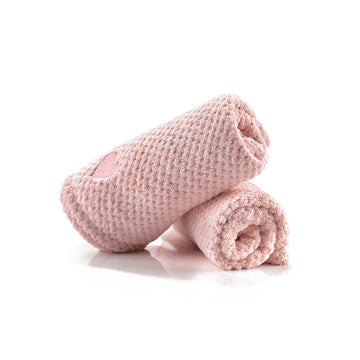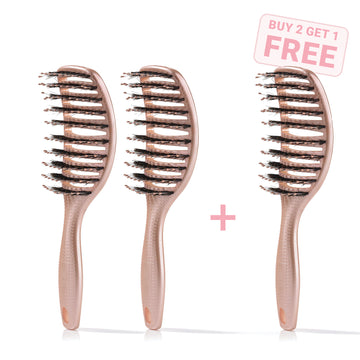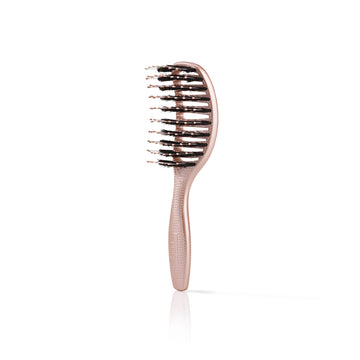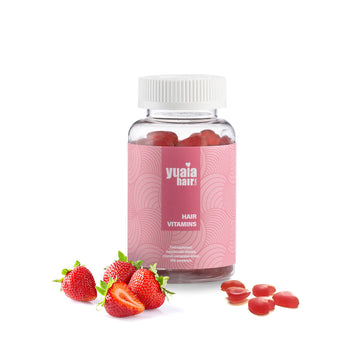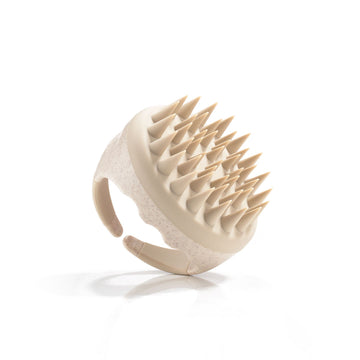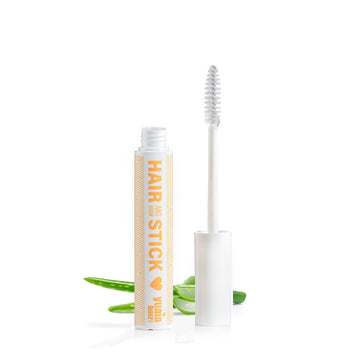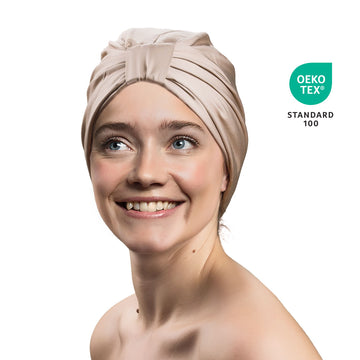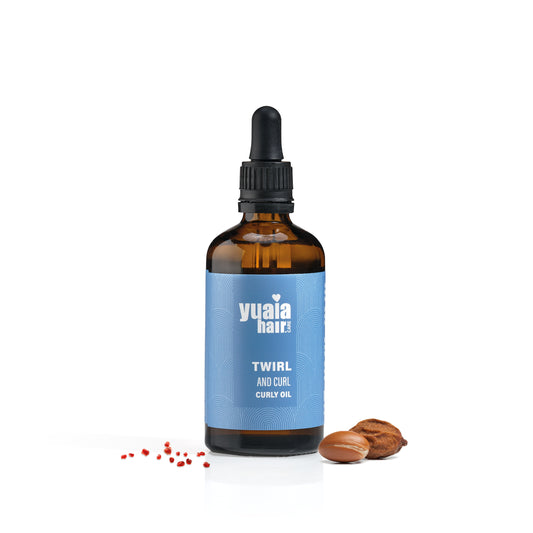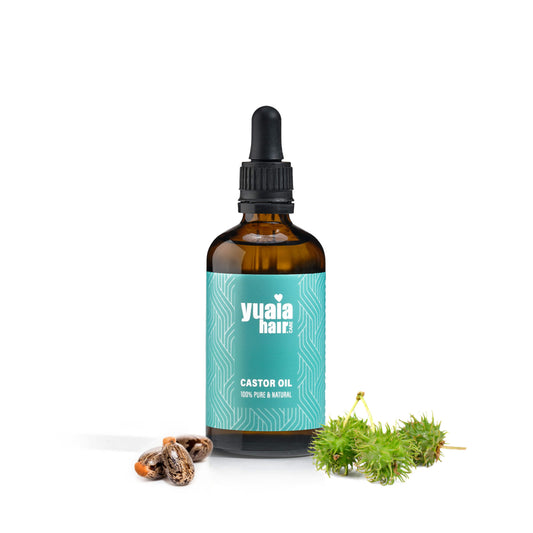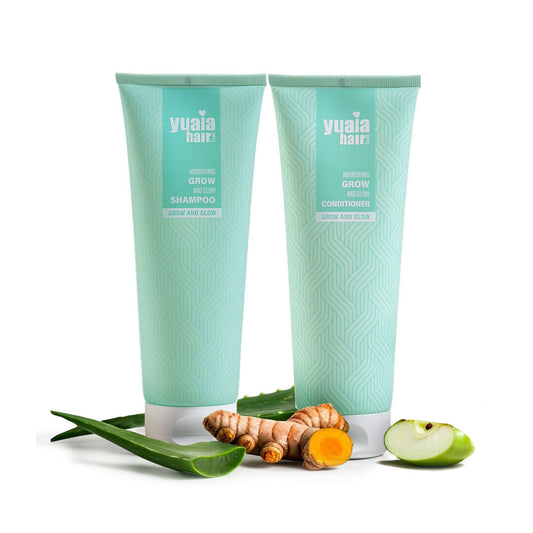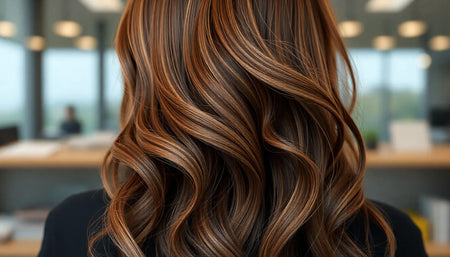
Tea Tree Oil’s Benefits for Hair and Scalp
Tea tree oil is celebrated for its antimicrobial, antibacterial, and anti-inflammatory properties, making it a powerful ally in promoting scalp health. These properties help in fighting dandruff and regulating oil production, creating a balanced environment that supports overall hair health. By maintaining a healthy scalp, tea tree oil can indirectly contribute to healthier hair growth, as a well-nourished scalp is crucial for vibrant hair.
In addition to its scalp benefits, tea tree oil's ability to soothe irritation and reduce inflammation can be particularly beneficial for those experiencing scalp discomfort. This soothing effect can enhance the overall condition of the scalp, providing a foundation for healthier hair.
Why Tea Tree Oil Can Be Beneficial for Low Porosity Hair
For individuals with low porosity hair, the choice of hair care products is crucial due to the hair's resistance to moisture and product absorption. Lightweight oils are particularly recommended, as they are less likely to weigh down the hair or cause buildup. Tea tree oil, when combined with a lightweight carrier oil, can penetrate the hair more effectively, especially when heat is applied. This combination aids in absorption, allowing the beneficial properties of tea tree oil to reach the hair and scalp.
Using tea tree oil with heat, such as in a hot oil treatment or during deep conditioning with steam, can further enhance its penetration into the hair. The heat opens up the hair cuticles slightly, allowing the oil to be absorbed more efficiently. This method not only aids in delivering the oil's benefits but also helps improve scalp circulation, ensuring nutrients are effectively delivered to the hair follicles.
Recommended Carrier Oils for Low Porosity Hair
To maximize the benefits of tea tree oil for low porosity hair, it is essential to pair it with the right carrier oils. Argan oil is a popular choice due to its lightweight nature and ability to nourish without leaving a greasy residue. Jojoba oil, which closely resembles the natural oils produced by the scalp, is another excellent option, providing moisture and balance. Grapeseed oil is also recommended for its light texture and ability to seal in moisture without heaviness.
These carrier oils not only enhance the absorption of tea tree oil but also provide their own set of benefits, such as added moisture and protection, making them ideal companions in a low porosity hair care routine.
How to Use Tea Tree Oil for Low Porosity Hair
Incorporating tea tree oil into your hair care routine can be highly beneficial, especially when dealing with low porosity hair. The key is to mix tea tree oil with a lightweight carrier oil to ensure it penetrates effectively. Begin by blending a few drops of tea tree oil with a carrier oil such as argan, jojoba, or grapeseed oil. This mixture can then be used in various application methods tailored to enhance absorption.
One effective method is a hot oil treatment. Warm the oil mixture slightly and apply it to your scalp and hair. Use a shower cap and apply heat using a warm towel or a hair dryer to open the hair cuticles, allowing the oil to penetrate more deeply. Another approach is adding the oil mixture to your deep conditioner during a steaming session, which further aids absorption. Additionally, regular scalp massages with the oil blend can improve circulation and promote a healthier scalp environment.
Incorporating Tea Tree Oil into Hair Care Routines
For those with low porosity hair, the LOC (Liquid, Oil, Cream) method is an excellent way to lock in moisture without causing buildup. In this method, after applying a liquid or leave-in conditioner, use the tea tree oil mixture as the "O" step. This helps seal in the moisture provided by the liquid step, ensuring your hair remains hydrated without feeling greasy or weighed down.
It's important to choose lightweight oils in the "O" step to avoid the common issue of product buildup that low porosity hair often faces. By carefully selecting and applying oils that enhance absorption, you can maintain a healthy moisture balance in your hair.
Unlock the Potential of Tea Tree Oil for Your Hair
Tea tree oil offers numerous benefits for those with low porosity hair, primarily by promoting a healthy scalp environment and aiding in product penetration. By using it correctly, mixed with lightweight carrier oils and incorporated into a hair care routine, you can overcome the challenges of low porosity hair and enjoy healthier, more manageable locks.
Experiment with different application methods and tailor your routine to suit your hair's specific needs. Embrace the potential of tea tree oil to enhance your hair care regimen and unlock the full potential of your low porosity hair.
Frequently Asked Questions
Is tea tree oil safe for all hair types?
Yes, tea tree oil is generally safe for all hair types. It offers benefits such as improved scalp health and dandruff control. However, it should always be diluted with a carrier oil to prevent irritation.
Can tea tree oil cause buildup on low porosity hair?
Tea tree oil itself is unlikely to cause buildup when used properly. To prevent buildup, always mix it with lightweight carrier oils and avoid heavy or greasy products.
How often should I use tea tree oil on my low porosity hair?
The frequency of use depends on individual hair needs, but generally, using tea tree oil once or twice a week is sufficient. Monitor how your hair responds and adjust accordingly.
What are the signs that tea tree oil is working for my hair?
Signs that tea tree oil is benefiting your hair include a healthier scalp, reduced dandruff, and improved hair manageability. You may also notice your hair feels more hydrated and less prone to buildup.
 2-4 day UK delivery
2-4 day UK delivery
 25.000+ satisfied customers
25.000+ satisfied customers
 Satisfaction Guarantee
Satisfaction Guarantee



